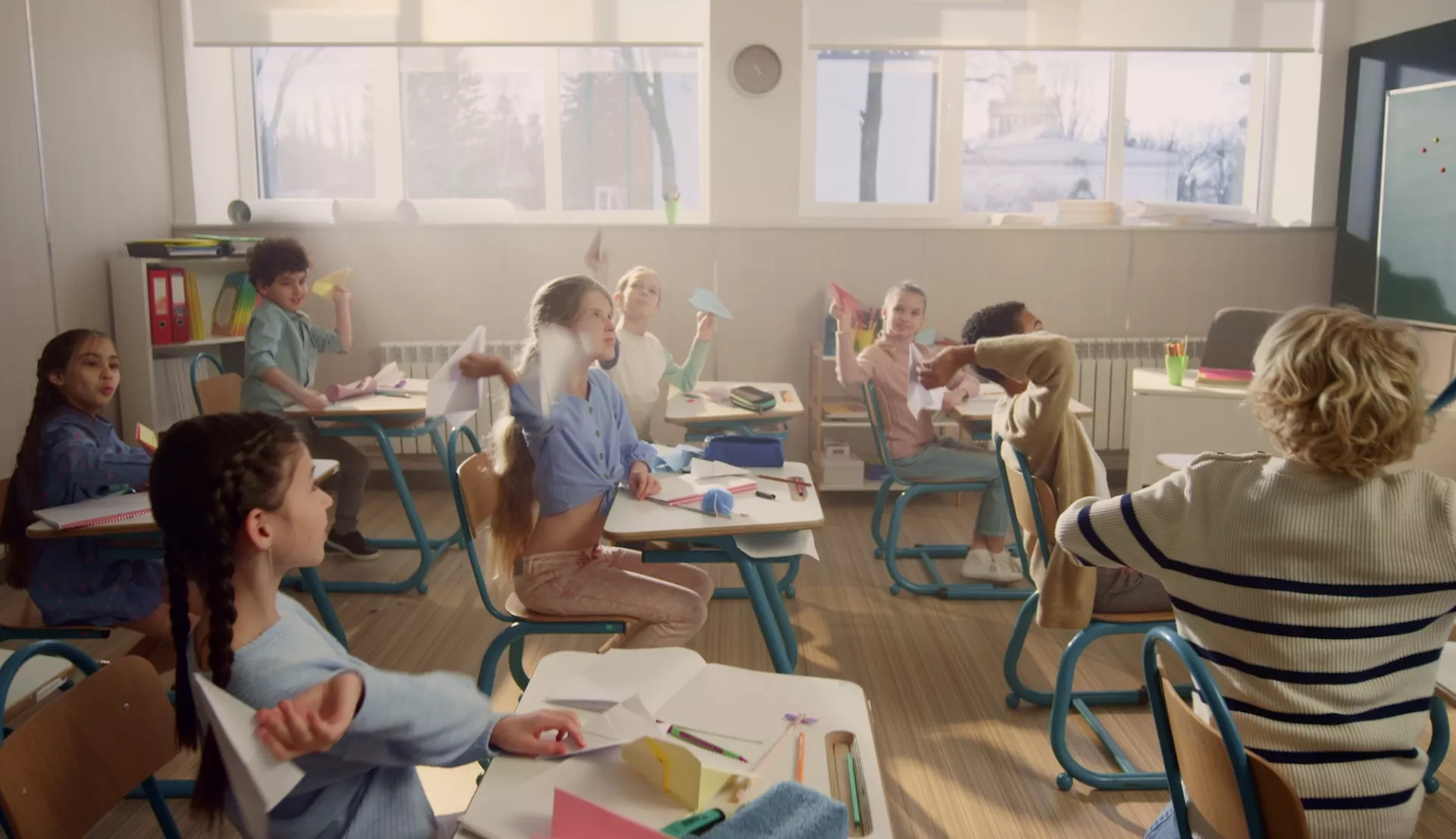We’re tearing ourselves apart. About pencils.
I kid you not. Pencils. Lines are drawn between those who readily hand out pencils and those who prefer that students bring their own. As I’ve read impassioned tweets and watched TikToks from both camps, I’ve grown increasingly concerned. Not about pencils. About us.
Pencils clearly aren’t the problem. They are a symptom of the real problem, of our fatigue, our discouragement, and the severe professional exhaustion that is driving too many dedicated teachers from their classrooms and leaving many others depleted of the joy they once found in their profession.
Some say the answer is engagement, that if a teacher is engaging enough, students will behave. But there’s no single solution. It’s too complex, too human for any one strategy, resource, or ideology to solve. Do we have reason to believe high engagement correlates to fewer classroom management problems? Yes. Is it a guarantee? No.
But there is hope. We can reclaim some joy. These boredom busters are low-prep activities that transform worksheets into engaging, meaningful, fun learning experiences.
Paper Airplanes
Distribute a worksheet, have students put their name at the top, and answer the first problem. Then they each fold the worksheet into a paper airplane. At your signal, they launch their airplanes. Students pick a plane and answer the next problem. Repeat until the worksheet is done. Then students reclaim their original paper, consider all the answers, and correct them as needed.
Musical Desks
Cut apart a worksheet, leaving one question on each desk with a piece of paper. Turn on some music. Students pick up their pencils and boogie through the room. When you stop the music, they sit at the nearest desk and answer that problem. When you restart the music, they leave the paper, pick up their pencils again, and move. Repeat, but now when students sit at a desk, they prove the answer right, solve it another way, correct it, etc.
Variations
- Differentiate using different colors of paper. You can copy different worksheets or assignments, each on a different color of paper. Distribute the appropriate assignment to each student, and then students continue the paper airplane or musical desk activity by exchanging with the same color paper they started with. This allows all students to participate in the same activity together while working with an assignment just right for them.
- Write essays or solve multistep problems. Each student starts the essay or problem and exchanges with another student before it’s all the way done. The next person continues the essay or problem the way their classmate started it. Repeat so that each student contributes to a few essays or problems.
- Students can ask the questions! Each student writes a question, and then they do paper airplanes or musical desks to receive someone else’s question and answer it.
Frustration Busters
What if a student refuses to get started? You can still reclaim some control. A frustration buster can help us understand our own feelings and help students get past inertia and back to the learning.
First, have the student read or explain the directions to you to ensure they understand what to do. Then offer them a low-stakes choice: “Do you want to start on the first one or the last one?” “Do you want to work at your desk or at the table?” This helps lower the sense of threat and invites engagement.
Next, work a problem with them. Students’ perceptions of their capabilities are not always accurate. Working a problem together confirms for us—and them—that they really can do it. Still stuck? Scribe for them. They talk, and you write.
By now, there are probably 17,412 hands raised in your room, even though you have only 29 students. Consider setting the stuck student up with a partner. Give them five minutes to complete another problem or two, then return to check in on them. Repeat steps as needed and gradually extend the independent work time.
Will it always work? No. But maybe it will help both you and the student stay calm, and, most important, keep the focus on the learning.
Powell, author of Boredom Busters, has served as a special education teacher, Title 1 teacher, instructional coach, and classroom teacher. She is currently a director at the Association for Middle Level Education.
Stay on top of current education news



